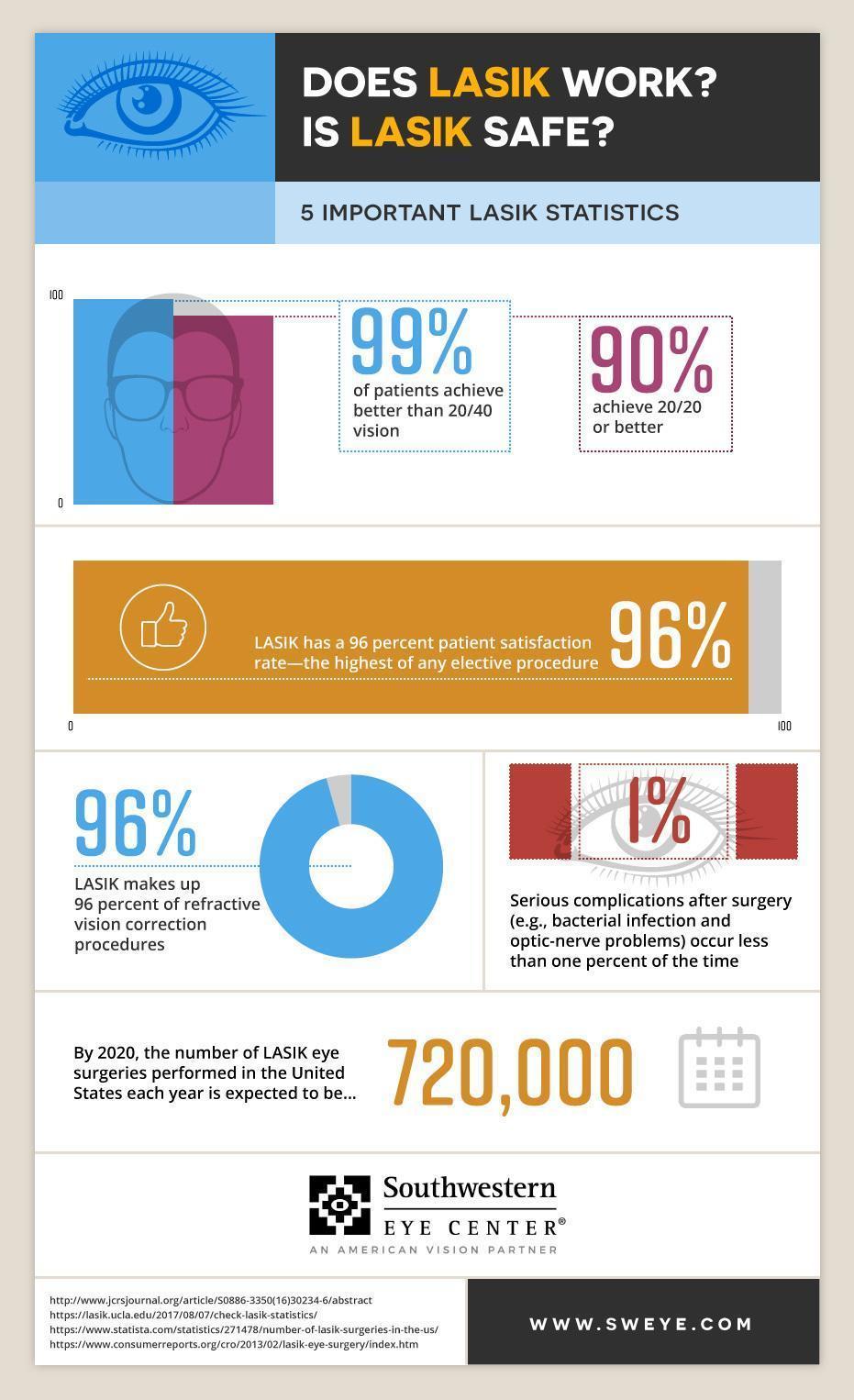Are You Thinking About Learning More About The Differences Among SMILE, LASIK, And PRK Eye Surgical Procedures?
Are You Thinking About Learning More About The Differences Among SMILE, LASIK, And PRK Eye Surgical Procedures?
Blog Article
Material Created By-McNamara Kerr
If you've been taking into consideration SMILE eye surgery, you might wonder just how it stacks up against LASIK and PRK. Each treatment has its very own collection of benefits and considerations. From quicker healing times to possible dangers, there are vital differences you must recognize before choosing. Comprehending these differences will help you make an educated selection that lines up with your details needs and expectations. Interested to know even more about exactly how these procedures compare carefully? Keep on exploring to gain a thorough understanding of SMILE, LASIK, and PRK.
SMILE Eye Surgical Treatment Introduction
If you're considering SMILE eye surgical treatment, you'll discover it to be a minimally intrusive procedure with a quick recovery time. During SMILE (Tiny Cut Lenticule Removal), a laser is made use of to create a tiny, precise incision in the cornea to get rid of a small piece of tissue, reshaping it to fix your vision. This differs from LASIK, where a flap is created, and PRK, where the external layer of the cornea is completely gotten rid of.
Among the key benefits of SMILE is its minimally invasive nature, bring about a faster recovery process and less discomfort post-surgery. The recovery time for SMILE is fairly quick, with lots of clients experiencing improved vision within a day or 2. This makes it a popular option for those looking for a practical and effective vision correction treatment. Additionally, SMILE has been revealed to have a reduced risk of dry eye disorder contrasted to LASIK, making it a positive option for people worried regarding this prospective negative effects.
Distinctions In Between SMILE, LASIK, and PRK
When comparing SMILE, LASIK, and PRK eye surgical treatments, it is necessary to comprehend the unique techniques utilized in each procedure for vision adjustment.
SMILE (Tiny Laceration Lenticule Extraction) is a minimally intrusive procedure that includes creating a tiny cut to draw out a lenticule from the cornea, improving it to correct vision.
LASIK (Laser-Assisted Sitting Keratomileusis) includes developing a thin flap on the cornea, utilizing a laser to improve the underlying cells, and after that rearranging the flap.
PRK (Photorefractive Keratectomy) eliminates the external layer of the cornea before reshaping the tissue with a laser.
The main distinction hinges on the method the cornea is accessed and dealt with. SMILE is flapless, making it a good alternative for individuals with thin corneas or those associated with contact sports. LASIK uses quick aesthetic recovery due to the flap production, however it may posture a higher danger of flap-related complications. PRK, although having a much longer recuperation period, stays clear of flap-related problems entirely.
Recognizing these variances is critical in selecting the most ideal treatment for your vision adjustment demands.
Advantages And Disadvantages Comparison
To evaluate the advantages and disadvantages of SMILE, LASIK, and PRK eye surgical procedures, it's essential to think about the certain advantages and possible limitations of each procedure. SMILE surgical treatment uses the benefit of a minimally intrusive procedure, with a smaller incision and possibly quicker recovery time compared to LASIK and PRK. It also reduces the threat of completely dry eye post-surgery, a typical adverse effects of LASIK. However, SMILE may have restrictions in treating greater levels of myopia or astigmatism contrasted to LASIK.
LASIK surgical treatment supplies rapid aesthetic recuperation and very little discomfort throughout the procedure. It's extremely effective in treating a wide range of refractive errors, consisting of myopia, hyperopia, and astigmatism. Yet, LASIK brings a risk of flap issues, which can affect the corneal framework.
PRK eye surgical procedure, while not as prominent as LASIK, stays clear of producing a corneal flap, minimizing the risk of flap-related complications. It's suitable for patients with slim corneas or uneven corneal surface areas. However, PRK has a much longer recuperation time and might entail more pain during the healing process.
what kind of doctor performs cataract surgery , when it involves picking between SMILE, LASIK, and PRK, think of it like picking the excellent set of footwear. https://prosandconsofmonovision08643.liberty-blog.com/35265576/all-the-information-you-need-to-have-regarding-the-recuperation-refine-of-cataract-surgical-treatment is like a smooth, comfortable set of tennis shoes - fast and simple.
LASIK is more like fashionable high heels - fancy and quickly, yet with some potential risks.
PRK is like sturdy treking boots - trustworthy and resilient, yet needing a bit even more effort and time.
Eventually, the best option depends upon your private demands and choices.
